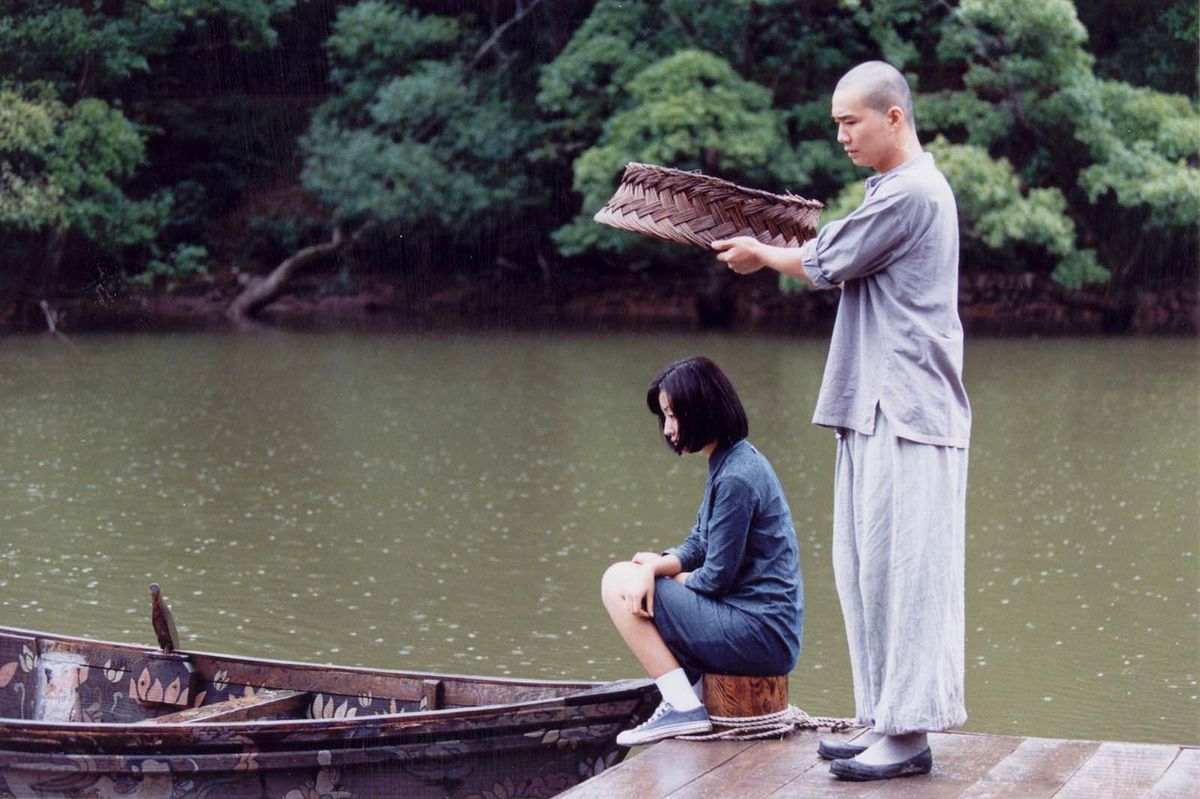
+Online+For+Free+Full+Movie+English+Stream.jpg)
They were distributed on the collective’s YouTube channel as well as their Facebook account. The films, ranging from one to fifteen minutes in length were produced anonymously to ensure that no one received too much credit or too much criticism. In a manifesto published on their website, they described documentary as “a tool that is able to change people’s perception of reality” and their goal as “ memorializing and showcasing the birth and first decisive steps of civil society in Ukraine.” More people with filmmaking experience-film students, but also film industry workers, advertising executives, and brand managers-joined in the days that followed, bringing the total size of the collective to some fifty members.

The short films shot by Babylon’13, an anonymous filmmakers’ collective, on the Maidan are fascinating precisely because they were aimed at a domestic audience instead and demonstrate a young nation speaking to itself about itself.īabylon’13 was founded on November 30, 2013, just one week after the protests erupted, by Yulia Gontaruk, Yuriy Gruzinov, Andrei Rogachev, Yulia Shashkova, and Volodymyr Tykhyy. However, both films were produced primarily with Western audiences in mind. Sergei Loznitsa’s festival-winning Maidan (2014) stands out as a structurally rigorous, dispassionate study of the way a revolution unfolds, while Evgeny Afineevsky’s Netflix-distributed Winter on Fire (2015) strives to engage viewers on a more emotional level. Several documentary film crews were present in the crowd to record these extraordinary events.

Russia’s full-scale invasion of Ukraine this past February is understood by many Ukrainians as continued punishment for the events of the Maidan. The movement was ultimately successful in ousting Yanukovych and holding new elections, but that victory came at a cost: later that year, Vladimir Putin annexed the Crimea and invaded the eastern Donbass region in retaliation. What started as a peaceful encampment, however, turned into a battlefield when the government ordered snipers to shoot into the crowd.

Protesters occupied the Maidan, Kyiv’s central square, for three cold months, demanding an end to corruption, genuine democracy, and that Ukraine be allowed to choose its own future. The country’s pro-Russian president, Viktor Yanukovych, had refused to sign an association agreement that promised closer ties between Ukraine and the European Union. In the winter of 2013-2014, a protest movement broke out in Kyiv, the capital of Ukraine.


 0 kommentar(er)
0 kommentar(er)
